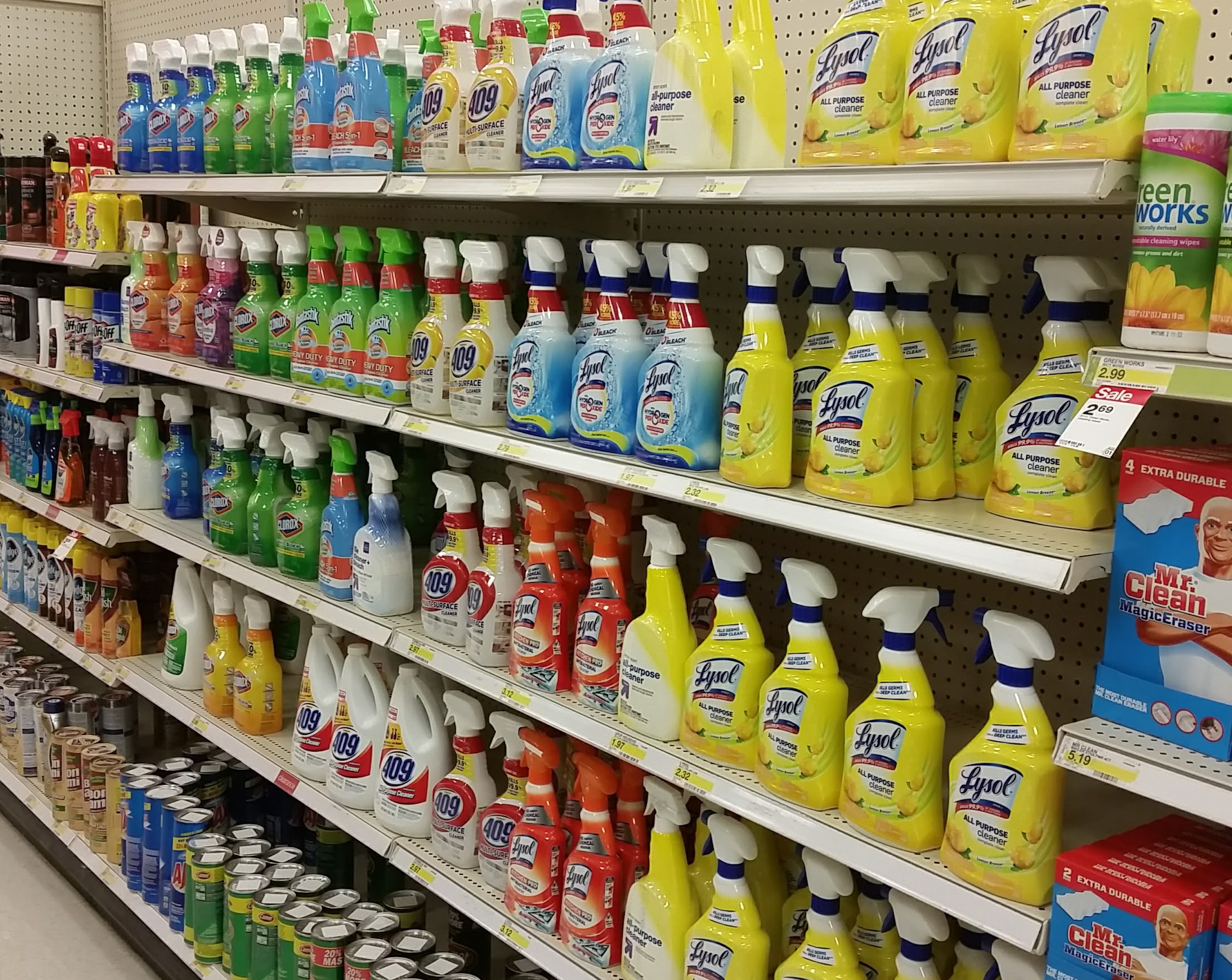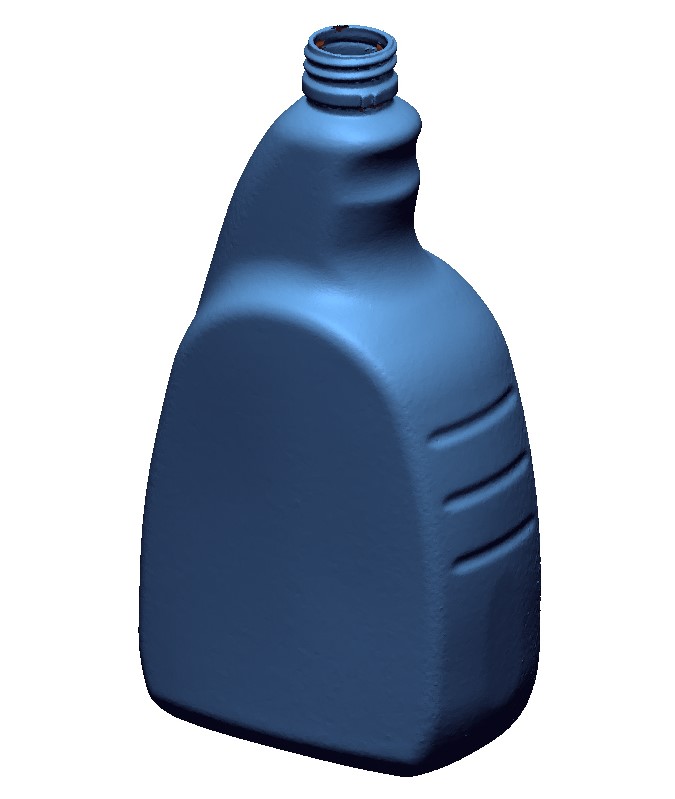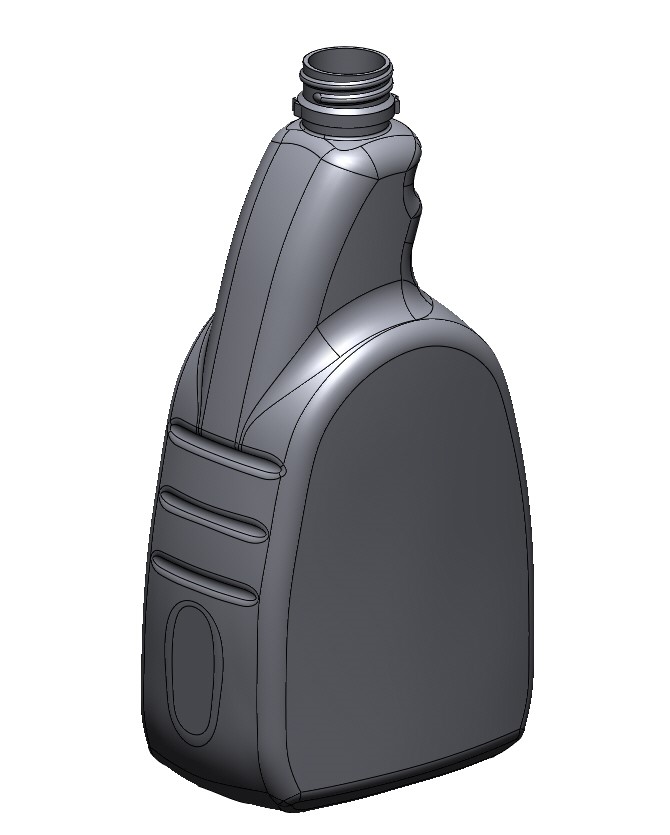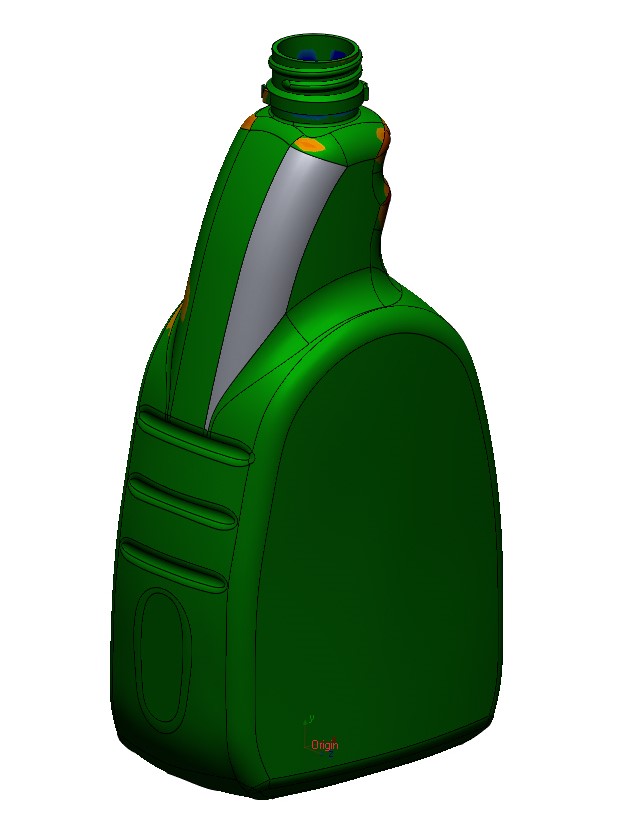Reverse Engineering a Spray Bottle for Molding
The Problem:
A tooling design company was hired to fabricate a blow mold for a common spray bottle design, yet were not provided with either CAD, 3D, or 2D data from which to reference for their process. This is a fairly common occurrence; one that many companies have adopted 3D scanning technology to streamline. This particular tooling company required a 3D CAD model to first prototype on their 3D printer for verification, then send to their manufacturing plant for the accompanying mold to be cut.Traditional Method:
Engineers at the manufacturing company were forced to perform the tedious process of taking countless hand measurements across the near-organic surface of the bottle, all while ensuring they do not alter the flexible geometry of the bottle, resulting in inaccurate recordings, during the handling. They would then translate those measurements to a 3D environment, and build surfaces between those measurements. Due to the lack of reference geometry on the bottle’s surface, only approximate dimensions could be recorded. Once complete, the engineers then had no way to directly compare their resulting CAD model back to the actual bottle.NeoMetrix Solution:
First, the bottle was 3D scanned using Creaform’s HandySCAN 700, a hand-held optical measurement device capable of 0.03mm (0.0012″) accuracy. This scan provided NeoMetrix Technologies, Inc. with a perfect mesh for reverse engineering. The mesh was then imported into Geomagic’s Design X reverse engineering software to transform the mesh into a useable CAD model. From this model, the company was able to 3D print a prototype to verify the design before moving to production.NeoMetrix Advantage:
Because the 3D scanner is completely optical, the engineer does not have to physically touch the flexible bottle for measurement. The scanner also provides the engineer with a complete mesh of the part in 3D space for reference. With a 3D mesh, there’s no error stacking between measurements. Using Geomagic’s automated lofting and surfacing tools, the physical surfaces could be modeled in place, over the mesh, without any guesswork. While previous model comparisons to the actual bottle could only be done by eye, and maybe a few general dimensions, the use of Creaform’s 3D scanning technology paired with Geomagic’s advanced reverse engineering tools ensures the generated CAD model is an exact duplicate of the actual bottle.
Spray Bottle examples

Spray Bottle Scanned Data

Spray Bottle Surface Model

Spray Bottle Color Map
